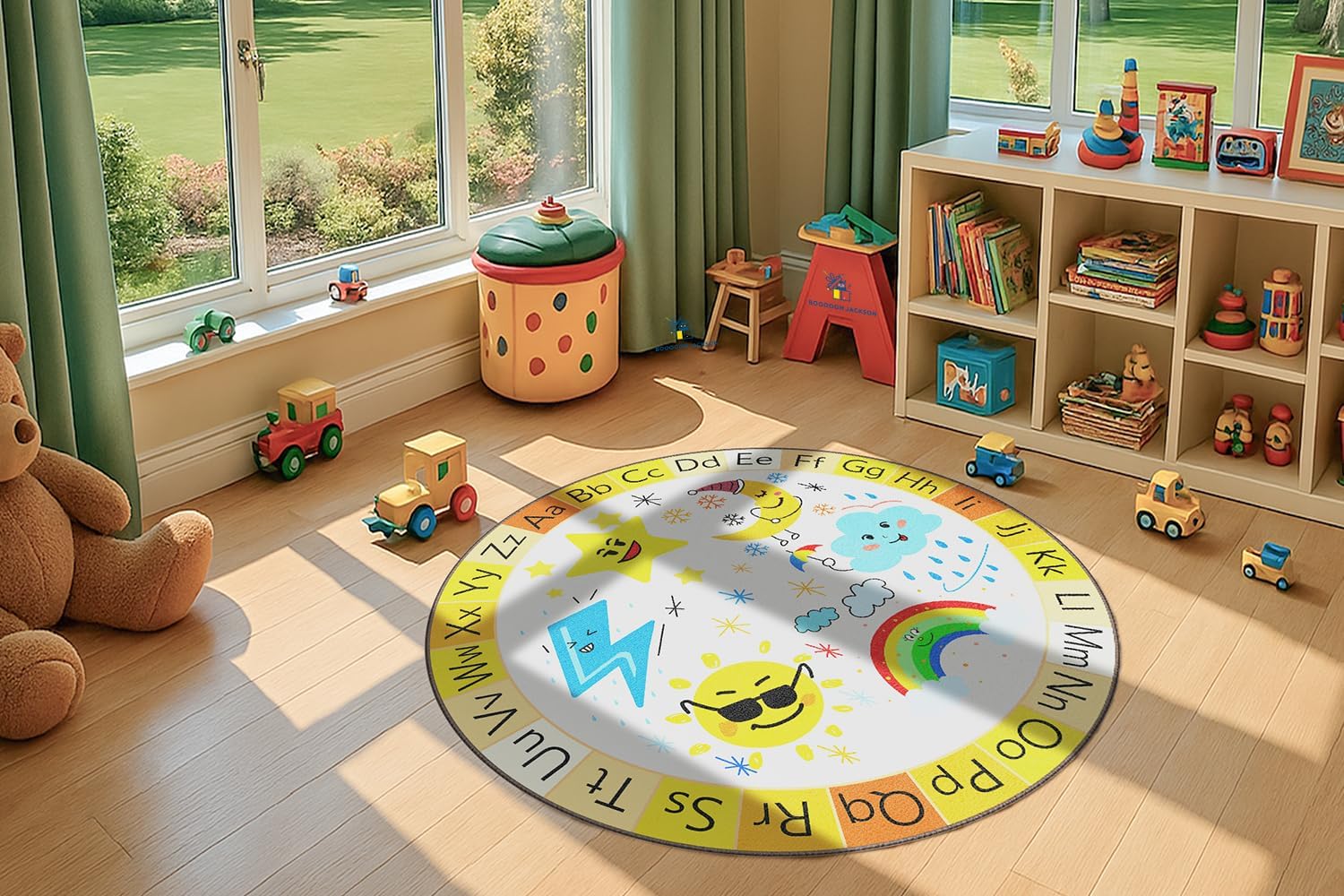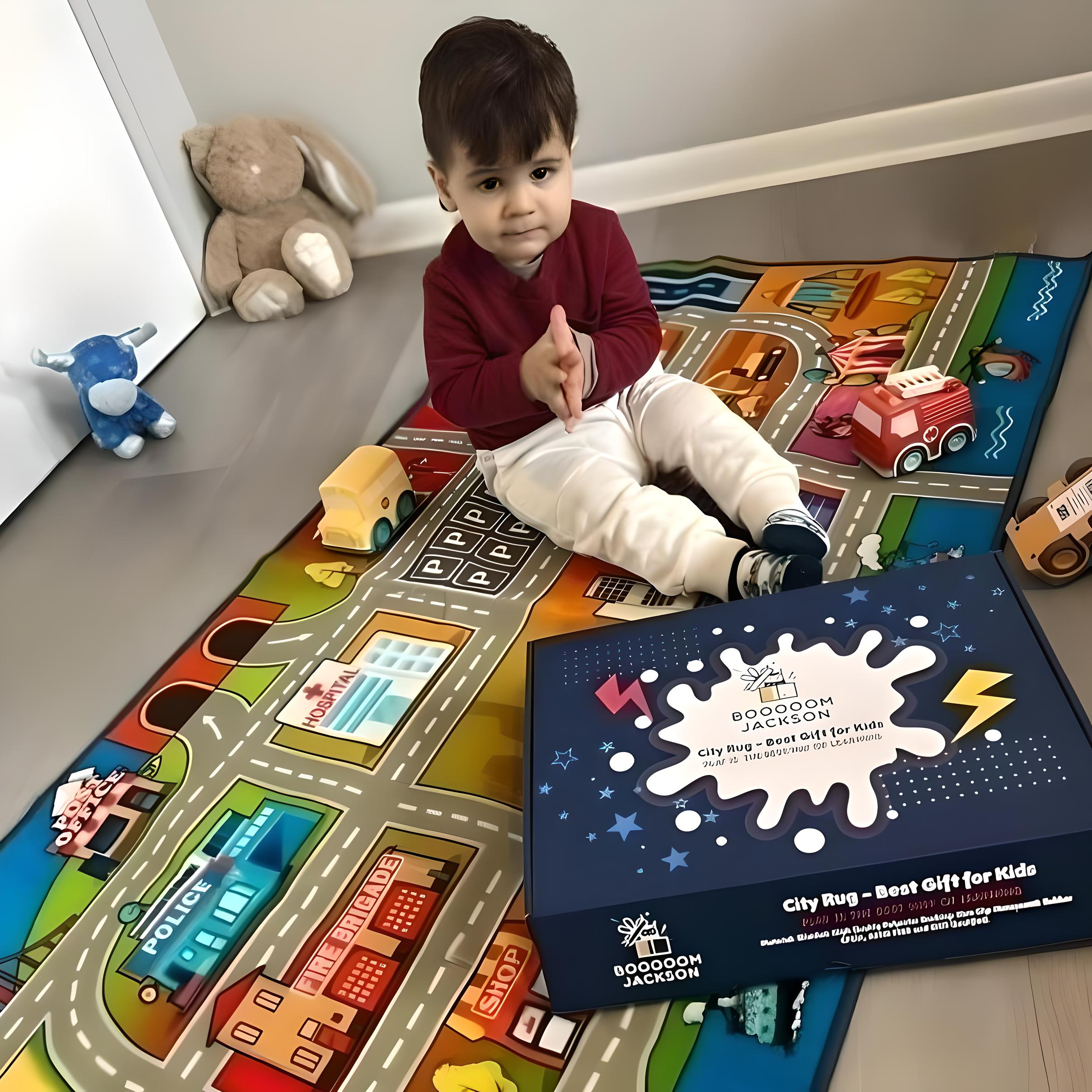Creating a sensory-supportive environment can significantly impact the learning experience for students with sensory processing differences. At Booooom Jackson, we understand that a well-designed sensory room provides crucial opportunities for regulation, calming, and sensory integration that enable students to better engage with learning. This comprehensive guide will walk you through creating an effective sensory room kit that supports diverse sensory needs while being practical for educational settings.
Understanding Sensory Processing Needs
Before assembling your sensory room kit, it's important to understand the variety of sensory needs you might be addressing. According to The Child Mind Institute Blog, sensory processing challenges typically fall into several categories:
- Sensory Seeking: Students who crave additional sensory input
- Sensory Avoiding: Students who become overwhelmed by certain sensory experiences
- Sensory Discrimination Challenges: Difficulty distinguishing between similar sensory inputs
- Sensory-Based Motor Challenges: Coordination or movement issues related to sensory processing
A comprehensive sensory room kit should include tools to address each of these patterns, providing both calming and stimulating options based on individual needs.
Essential Components of a Sensory Room Kit
A well-rounded sensory room kit should address all sensory systems. The Understood.org blog recommends organizing your sensory kit into these core categories:
- Visual supports: Lighting options, visual timers, and projectors
- Tactile elements: Various textures, fidget tools, and pressure items
- Proprioceptive tools: Weighted items, resistance bands, and deep pressure solutions
- Vestibular equipment: Safe movement options that provide balance and coordination input
- Auditory elements: Sound-dampening items, calming music options, and headphones
- Olfactory supports: Calming scents and aromatherapy options (used cautiously with appropriate permissions)
- Organizational supplies: Storage solutions that maintain order and accessibility
Let's explore each category in detail to help you build a comprehensive kit.
Lighting and Visual Elements
Lighting plays a crucial role in creating a calming sensory environment. According to Wikipedia's article on sensory rooms, visual elements are often the cornerstone of effective sensory spaces.
Essential Visual Components:
- LED Color-Changing Lights: Adjustable, gentle lighting that can be modified based on needs
- Bubble Tubes: Visually engaging columns of bubbling water with color-changing features
- Fiber Optic Lights: Tactile and visual stimulation with strands that change colors
- Projectors with Effect Wheels: Create moving patterns on walls or ceilings (ocean waves, stars, abstract patterns)
- Light Filters: To reduce the harshness of overhead fluorescent lighting
- Mirror Balls: Create gentle, moving reflections when used with spotlights
- Visual Timers: Help with transitions and time awareness
- Lava Lamps: Provide slow-moving visual stimulation
For smaller spaces or limited budgets, prioritize multipurpose items like LED strips that can change colors and brightness levels, and a simple projector with multiple effect wheels.
Tactile and Proprioceptive Tools
Tactile experiences help students regulate their sensory systems through touch, while proprioceptive input provides feedback about body position and pressure.
Tactile Elements:
- Texture Boards: Panels featuring different textures for exploration
- Fidget Tools Variety Pack: Including items with different resistances, movements, and tactile features
- Tactile Bins: Containers filled with sensory materials (rice, beans, water beads, etc.)
- Tactile Path: Textured stepping stones for feet stimulation
- Vibrating Toys: Provide gentle vibration sensations (pillows, stuffed animals, handheld tools)
- Texture Manipulatives: Stress balls, putty, slime, or clay in varying resistances
Proprioceptive Supports:
- Weighted Items: Lap pads, vests, blankets, and stuffed animals
- Resistance Bands: For chairs or exercise use
- Body Socks: Stretchy fabric enclosures that provide gentle full-body pressure
- Crash Pad: Soft landing spot for jumping or rolling
- Therapy Putty Set: Different resistances for hand strengthening
- Compression Clothing: Items like compression shirts or socks
At Booooom Jackson, we've found that providing a variety of textures and weights is essential, as preferences vary widely among students.
Auditory Elements
Managing sound is crucial in sensory rooms, both for providing calming auditory input and for reducing overwhelming environmental noise.
Auditory Kit Components:
- Noise-Canceling Headphones: To reduce environmental sound
- Sound Machine: With various options (white noise, nature sounds, etc.)
- Bluetooth Speaker: For playing calming music or guided meditation
- Musical Instruments: Simple percussion or resonant instruments like rain sticks or chimes
- Sound-Absorbing Panels: To reduce echo and ambient noise
- Sound-Reduction Earmuffs: Less isolating than full headphones
- Voice-Recording Devices: For students who benefit from verbal reminders or instructions
The Friendship Circle Blog emphasizes that auditory elements should be controllable and predictable, allowing students to adjust sound levels to their comfort.
Movement and Vestibular Support
Movement opportunities provide crucial vestibular input that helps with balance, coordination, and overall sensory regulation.
Movement Elements:
- Balance Boards: For controlled movement challenges
- Spinning Equipment: Options like sit-and-spin seats or swivel chairs
- Therapy Balls: Various sizes for bouncing, rolling, or core work
- Rocking Chair: Provides calming linear movement
- Hammock or Swing: When space and mounting options allow
- Stepping Stones or Balance Path: For organized movement activities
- Mini Trampoline: For controlled jumping and proprioceptive input
Safety is paramount with movement equipment. Ensure all items are properly secured, used with appropriate supervision, and placed on impact-absorbing flooring when necessary.
Calming Stations
Dedicated calming areas within the sensory room provide safe spaces for de-escalation and emotional regulation.
Calming Station Components:
- Comfortable Seating: Bean bags, floor cushions, or soft chairs
- Privacy Option: Pop-up tent, canopy, or room divider
- Weighted Blankets: Various weights appropriate for different ages
- Sensory Bottles: Sealed containers with calming visual elements
- Breathing Visual Aids: Tools that guide deep breathing exercises
- Emotion Cards: Visual supports for identifying and expressing feelings
- Soft Lighting: Adjustable lamps or string lights
- Comfort Objects: Soft plush items, pillows, or fidgets
According to Education Week Teacher, effective calming stations combine multiple sensory elements while limiting overwhelming stimuli.
Implementation and Organization
A well-organized sensory room ensures materials remain accessible, clean, and ready for use.
Organization Essentials:
- Clear Storage Containers: Labeled with both text and images
- Visual Inventory System: To track items and ensure proper return
- Cleaning Supplies: For regular sanitization of shared items
- User Schedule: System for tracking room usage
- Visual Rules Display: Clear expectations for sensory room behavior
- Individual Sensory Profiles: Documentation of student preferences and needs
- Activity Cards: Visual guides for using different elements appropriately
The most effective sensory rooms at Booooom Jackson implement clear visual systems that help students independently access and return materials.
Budget-Friendly Options
Creating an effective sensory room doesn't require an unlimited budget. Consider these cost-conscious approaches:
DIY Alternatives:
- Homemade Weighted Items: Rice or bean-filled stuffed animals or blankets
- DIY Sensory Bottles: Water bottles filled with water, glitter, and glycerin
- Repurposed Lighting: Holiday string lights with fabric diffusers
- Homemade Texture Boards: Created from household materials
- Modified Furniture: Adding rockers to chairs or resistance bands to desk legs
- Community Donations: Seeking gently used items from community members
- Phased Implementation: Building your sensory kit over time, starting with highest-priority items
The Teaching Exceptional Kinders blog suggests starting with a few high-impact items rather than attempting to create a complete sensory room all at once.
Measuring Effectiveness
To ensure your sensory room kit truly meets student needs, implement a system for ongoing assessment and adjustment.
Evaluation Approaches:
- Pre/Post Behavior Tracking: Documenting behavior changes after sensory room use
- Student Feedback System: Age-appropriate ways for students to communicate preferences
- Usage Patterns: Tracking which elements are most frequently used
- Staff Observations: Gathering input from teachers and support staff
- Parent Communication: Sharing strategies that work well between home and school
- Regular Review Meetings: Scheduled times to assess effectiveness and make adjustments
The Autism Classroom News blog emphasizes the importance of treating your sensory room as a dynamic environment that evolves based on observed effectiveness and changing student needs.
Conclusion
Creating a comprehensive sensory room kit represents an investment in student well-being that yields benefits across academic, social, and emotional domains. By thoughtfully assembling tools that address diverse sensory needs, educators create spaces where students can develop self-regulation skills, experience sensory integration in a safe environment, and return to learning activities with improved focus and engagement.








Leave a comment
This site is protected by hCaptcha and the hCaptcha Privacy Policy and Terms of Service apply.